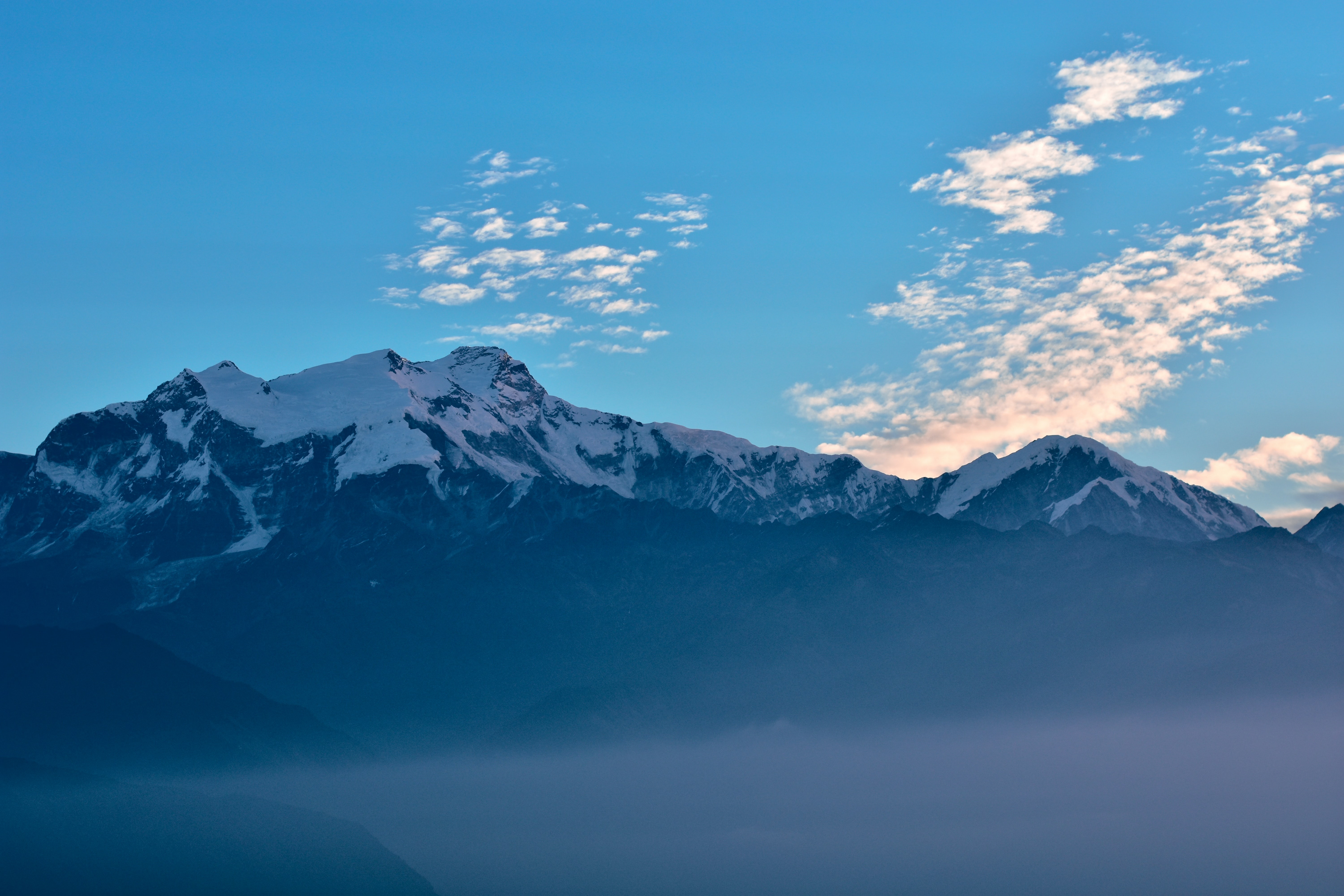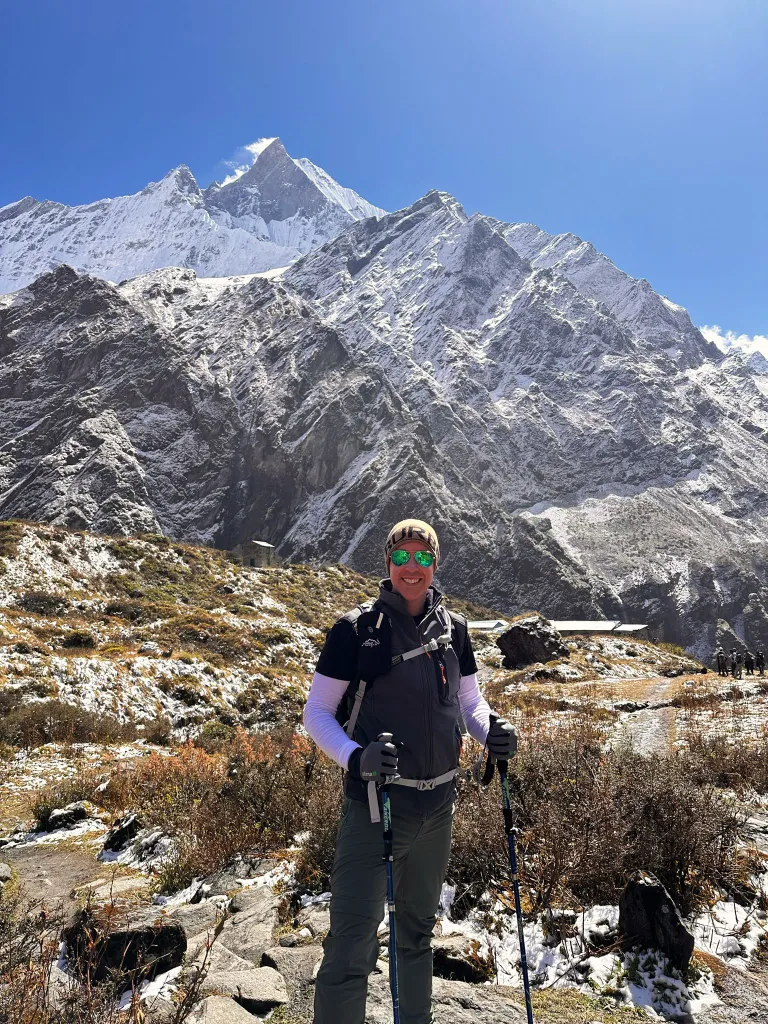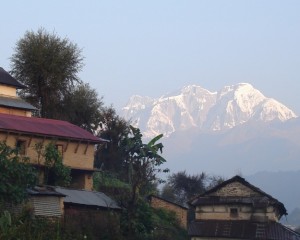6 Best Thrilling Winter Treks in Nepal
Mostly the Winter season in Nepal starts in December that lasts till February. Most people from Europe or North America think that winters are harsh, covered fully with snow, and poor road conditions. However, this is not completely true as most places of Nepal experience moderate winter while there are only a few of them that experience dense winter. Hence, due to the moderate winter, winter treks are very common and popular in Nepal.
Looking around the world, the cold air blows from north to south during the winter season. The cold air reaches Europe and most parts of North America. This cold breeze must be the reason that most parts of North America and Europe experienced a frigid temperatures with heavy snowfall. This is not true in the context of Nepal. Winter in Nepal is truly spectacular. People can witness the beauty of the diversified country with varieties of the best thrilling winter treks in Nepal.
Despite being the coldest and wettest month of the year, Winter in Nepal is the most rewarding time to trek to different locations. The scenery during this season is magnificent. You will feel like you are in a Disney movie between the snowy mountains and magical nature.
Most parts of Nepal, specifically the plains and valleys don’t experience snowfall in Nepal as the Himalayas making the northern borders protects the country from the cold air migrating towards it. The places in the higher elevations get to experience the snowfall. This is only limited to small areas of the country which makes the winter treks in Nepal much more feasible and recommended.

As the skies during winter are much clear and there is almost no rain during the season, the stable warm winter days make trekking during the winter easier. Most of the trekkers choose to visit the Himalayas of Nepal during the spring and autumn seasons but they are unaware that some of the trekking trails in Nepal are suitable for any time during the year. Few of the paths are even more lovely and lively to trek. The trails turn into exquisite works of art during winter. You experience a breathtaking journey trekking in the winter to the frozen lakes and snow-covered trails of Nepal.
Some of the winter treks in Nepal are very challenging and might require some technical knowledge. However, there are plenty of those you can easily complete. The trekking destinations during winter are less crowded than at other times which makes the winter treks in Nepal more vibrant.
You must know that some winter treks are very challenging while there are plenty of others you can easily complete in winter. The less crowded trails and beautiful views are other reasons to consider winter treks. Some of the trek choices to choose from for the winter treks can be listed:
- Everest View Trek
- Mardi Himal Trek
- Langtang Trek
- Jomsom Muktinath Trek
- Langtang Gosaikunda Trek
- Tamang Heritage Trek
- Khopra Danda Trek
- Ghorepani PoonHill Trek
- Everest Base Camp Trek
- Gokyo Lakes Trek
- Pikey Peak Trek
- Annapurna Base Camp Trek
- Dhampus Sarangkot Trek
- Nagarkot Chisapani Trek
The weather conditions in the high areas like Everest Base Camp can range up to -15℃ whereas the average of the trek areas in the moderate regions ranges up to -3℃ at most trek elevations. Let’s check out the 6 Best Thrilling Winter Treks in Nepal.
Everest View Trek (7 days)
Most individuals dream to visit the top of the world, Mount Everest once in their lifetime. Not everyone can make the climb to Mount Everest or the Everest Base Camp (5,364m) due to a variety of factors. Getting to the Everest Base Camp (EBC) is one of the physically demanding tasks. The trek necessitates a fair deal of perseverance and resourcefulness. For the ultimate solution, The Everest View Trek is the answer.
The Everest View Trek starts in Lukla that continues to Tangboche (3,875m). The Everest View Hotel in Tangboche allows the great view of Everest in all its glory. You can also get a seductive view of Mount Ama Dablam. The journey is the perfect trip for those worried about altitude sickness. Also, the problem of snow won’t be there as the trek doesn’t go up to very high altitudes. Wintertime brings out the best in the Himalayas' crystalline sights.

Ghorepani Poon Hill Trek (5 days)
The Ghorepani Poon Hill Trek comes with an altitude of just 3,210m which is a well-known winter trek destination. You can enjoy the view of mountains like you can see Hiunchuli, Annapurna South, Gangapurna, Khangsar Kang, Annapurna III, and Machhapuchhare among other magnificent peaks from the top of Poon Hill.
Snow accumulates on the trails at higher elevations during the winter season that transforms the trails into stunning white blankets. Winter hikes on Ghorepani Poon Hill are suitable for practically everyone. Trekking in the winter to Poon Hill is your only option if you want to see the Himalayas in the Annapurna region completely blanketed with snow.

Mardi Himal Trekking (7 days)
The Winter Trek to Mardi Himal Base Camp at the elevation of 4,500m is possible. This is the time when the mountain becomes very beautiful. The city famously known for being the “tourist hub of Nepalâ€, lies very close to the hiking route.
You can also pass through multiple suspension bridges, quaint ethnic settlements, and oak and rhododendron-filled woodlands throughout your trip. The sights are breathtaking along this brand-new, easy hike path which is very less crowded. Also, you get great views of Annapurna, Dhaulagiri, Machhapuchhare, and Manaslu while trekking in the winter.

Everest Base Camp Trek (14 days)
The Everest Base Camp is very feasible for more tenacious hikers. Since fewer people are out hiking during the winter, you'll have plenty of time to talk to locals and enjoy the trek with a few crowds. Although winter trekking can be a little difficult, the views in the Everest region are unmatched. You experience the surreal view of Mt. Everest during the trek in winter.
You can see the highest mountains which included Mt. Lhotse (8,516 meters), Cho Oyu (8,201 meters), Mt. Makalu (8,463 meters), and of course Mt. Everest due to the clear skies. The atmosphere of winter in the Everest region is unmatched, with snow-covered peaks, reviving glaciers, and frozen water bodies.






